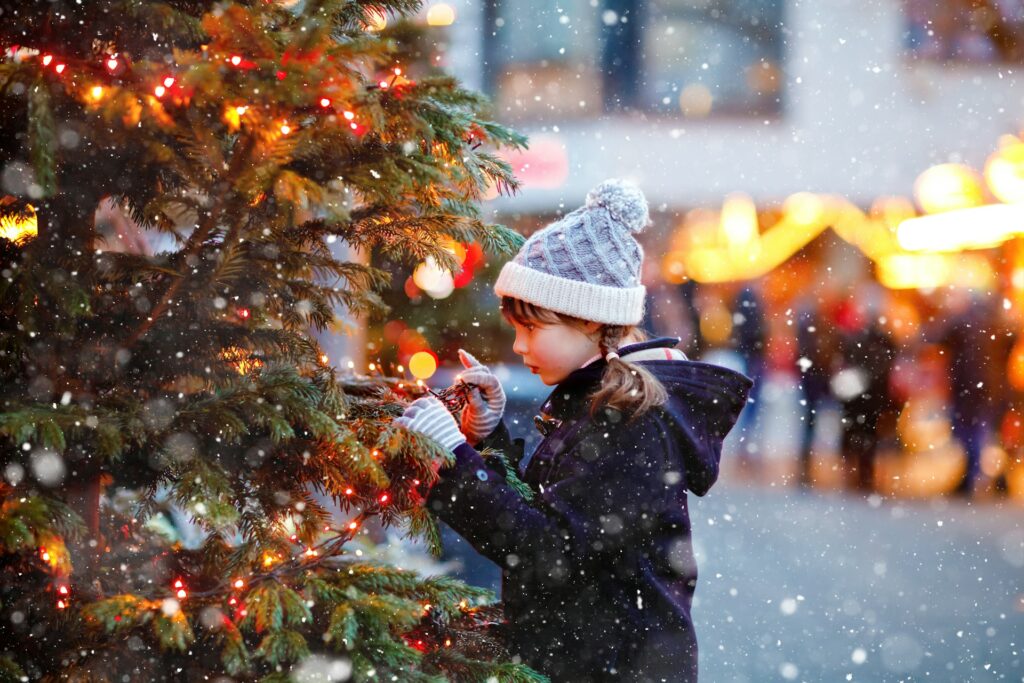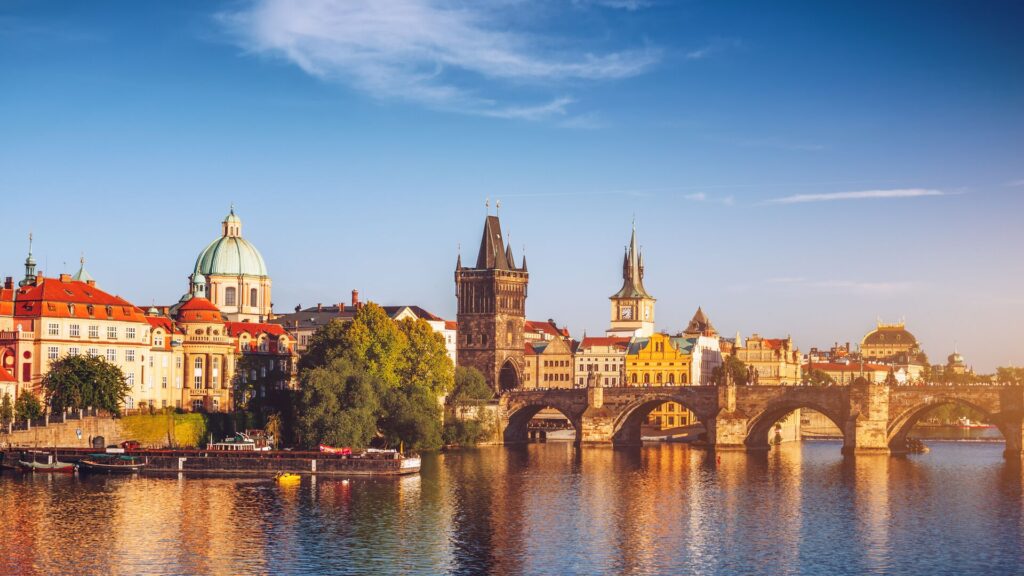From the breathtaking coastline along the Adriatic Sea to charming medieval towns and lush national parks, there’s no shortage of experiences to enjoy in Croatia. Whether you’re wandering the ancient streets of Dubrovnik, hiking through the picturesque Plitvice Lakes National Park, or savoring local cuisine in a coastal town, everything is amazing. To help you plan your visit, here’s our list of the best things to do in Croatia.
Croatia and the Dalmatian Coast
A remarkable country sitting alongside the Adriatic Sea, Croatia boasts a picturesque coastline dotted with charming towns and ancient cities, many of which date back to Roman, Byzantine and Venetian eras. The historic cities of Dubrovnik and Split, with their well-preserved architecture and UNESCO World Heritage status, offer a glimpse into the country’s storied past. In addition to its cultural treasures, Croatia is home to breathtaking natural parks, crystal-clear lakes, and diverse wildlife. Add in delicious cuisine and warm hospitality and its no surprise that its is such a desirable tourist destination. The summer month are hot and busy, meaning late spring (May to June) and early fall (September to October) are best times to visit Croatia.
1. Walk among Plitvice Lakes
16 interconnected turquoise lakes, connected by cascading waterfalls, are the showpiece of Plitvice Lakes National Park and a must see when you visit Croatia. A breathtaking example of nature’s beauty, the park’s unique geology sees the lakes formed through a process of karstification, where limestone dissolves and creates deep valleys. The travertine barriers, formed by mineral deposits from the water, help maintain the lakes and contribute to their beautiful colors. Plitvice is the largest and oldest of the many National Parks in Croatia. Surrounded by lush forests, the diverse ecosystem supports a rich variety of flora and fauna making his UNESCO World Heritage site one of the best things to do in Croatia. If you are interested to learn more about the conservation work taking place in the park you will enjoy reading Wolves, Bears, and Wildcats: Discover Plitvice Lakes National Park.
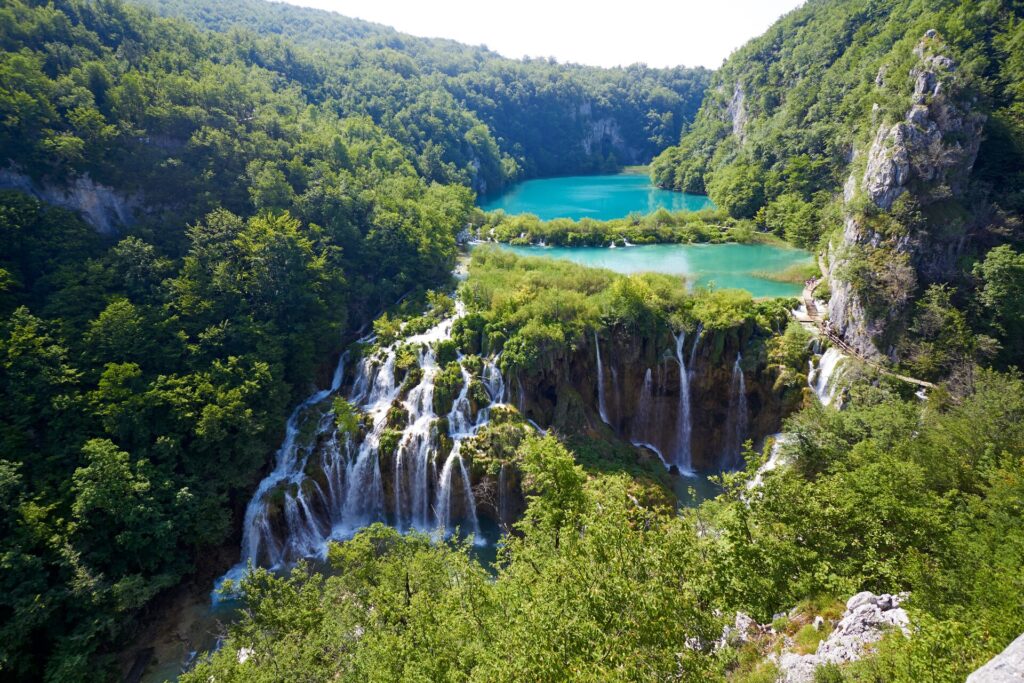
2. Travel back in time in Dubrovnik
A breathtaking coastal city surrounded by remarkable stone walls, Dubrovnik is often called the “Pearl of the Adriatic,” and for good reason. Known to many as the setting for King’s Landing in the HBO series ‘Game of Thrones,’ the Old Town is designated a UNESCO World Heritage site, showcasing charming cobblestone streets, elegant baroque architecture and the famous Rector’s Palace.
Emerging as a prominent maritime republic during the Renaissance, Dubrovnik’s picturesque waterfront offers stunning views of the Adriatic Sea throughout the year. Be sure to walk along the ancient city walls and take a ride on the cable car for an unforgettable vantage point.
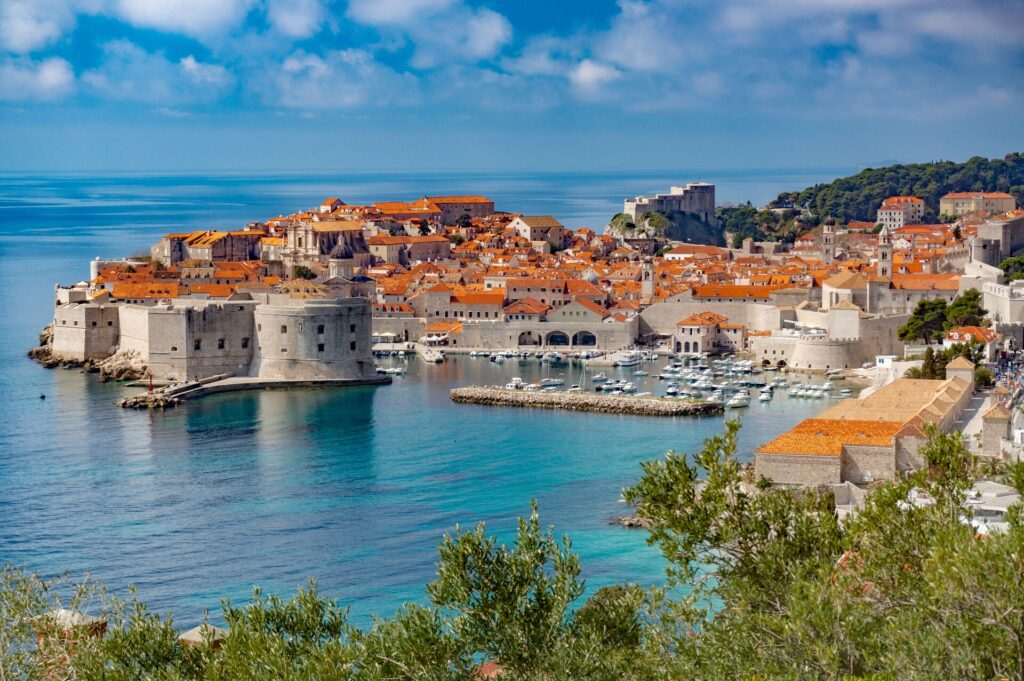
3. Get close to nature in Krka National Park
Basting 222 bird species and diverse bird communities, Krka National Park is regarded as one of Europe’s premier ornithological hotspots, particularly during the spring and autumn migration seasons. In contrast to the more renowned Plitvice Lakes, Krka offers a more relaxed atmosphere, where visitors can enjoy the privilege of swimming in its lakes.
Designated as a natural heritage site in 1985, the park is home to a stunning series of waterfalls, including Skradinski Buk, Roški Slap, and Manojlovački Slap. Stroll along the scenic boardwalks to admire the cascades or opt for a boat tour to get a closer look.
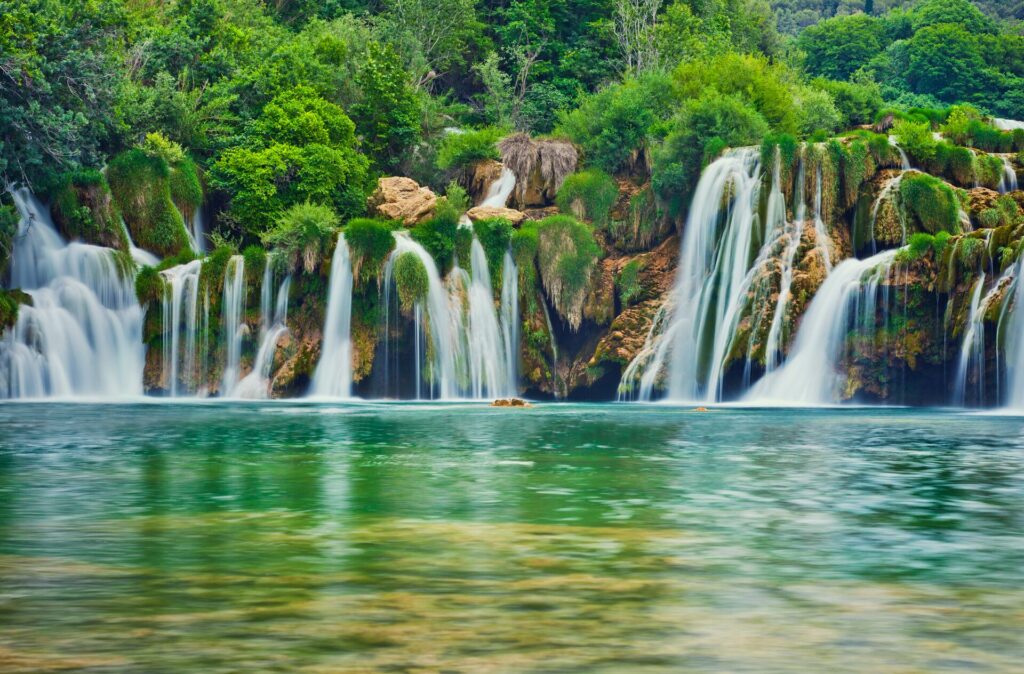
4. Go Island hopping
One of the finest ways to experience the breathtaking beauty of the Dalmatian Coast is by exploring it from the water and island hop. The Croatian archipelago stretches along the eastern Adriatic Sea and is made up of 1,244 natural formations, including 78 islands, 524 islets, and 642 cliffs and reefs. Out of these islands, 49 are permanently inhabited and are situated relatively close to the mainland.
A popular sailing route is between Split and Dubrovnik, where you can admire the Romanesque Cathedral in Trogir, enjoy the vibrant nightlife of Hvar, explore the mesmerizing Blue Cave on Vis, and appreciate the Venetian-style architecture of Korčula. Don’t forget to indulge in fresh oysters in Ston. However you island hop, each stop offers its own unique charm and experience.
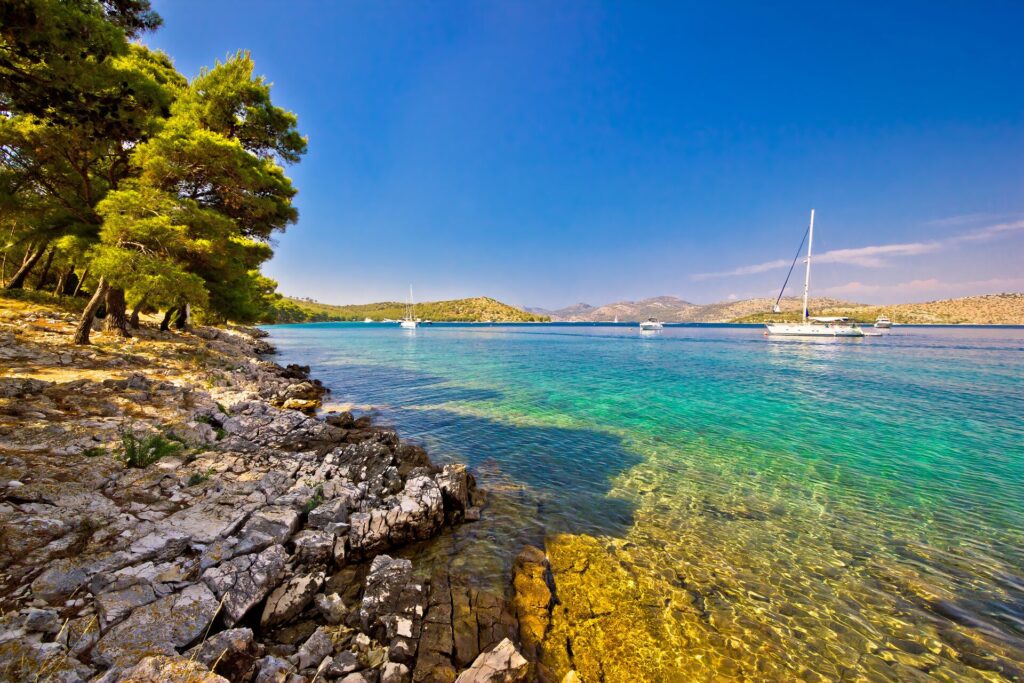
5. Wander the streets of Split
Split is the second largest city in Croatia, renowned for its cusine and the perfect vantage point for day trips and boat trips to explore the islands. A beautiful coastal town with many things to do, you can while away the time exploring the ancient alleyways of Diocletian’s Palace, relaxing on the city beach or people watching at the sparkling harbor. The perfect place to indulge in Croatian coffee, here its strong and good and having a cup while chatting with friends is a daily ritual.
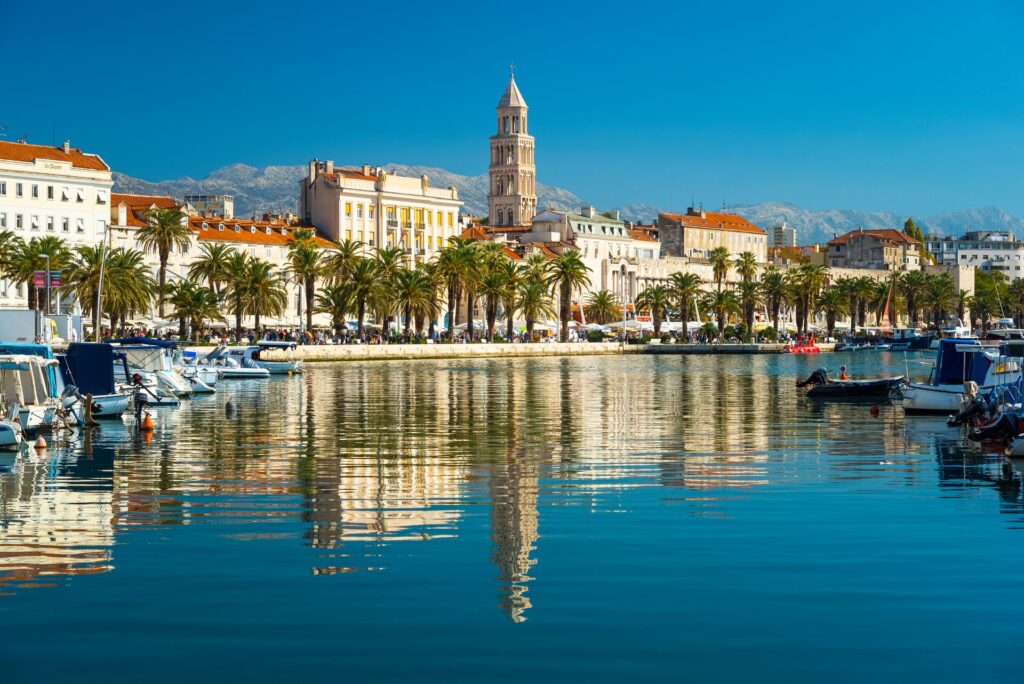
6. Zagreb
Zagreb, Croatia’s bustling capital is home to a wealth of historic sites, including the stunning Zagreb Cathedral and the enchanting medieval Upper Town. Located on the southern slopes of Medvednica Mountain, the city showcases a striking combination of 18th and 19th-century architecture alongside modern designs. A highlight is Ban Jelačić Square, which draws locals and tourists alike. Bustling with a variety of museums, galleries and theaters, you can while away the time in cozy outdoor cafes and its many green parks.
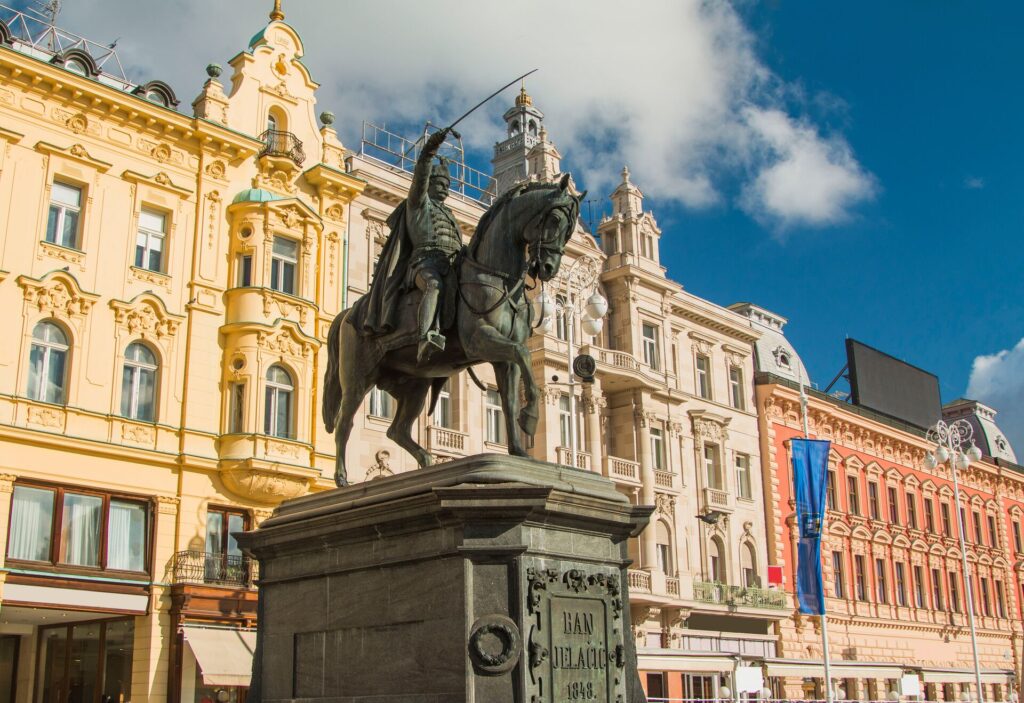
7. Sample Croatian cuisine
When you’re in Croatia, there are some must-try dishes that you simply can’t overlook. Dive into the exquisite world of truffles, a highly sought-after ingredient that elevates many local dishes, and enjoy the fresh, salty flavor of oysters sourced from the coastal waters. Be sure to taste Pag cheese, renowned for its unique taste, and don’t miss soparnik, a delicious pie filled with Swiss chard.
Croatian prosciutto is a delight, offering a rich and savory experience, while rozata, a smooth custard dessert, is a must for anyone with a sweet tooth. And of course, you can’t leave without trying burek—an irresistible flaky pastry stuffed with meat or cheese—and ćevapi, juicy sausages made from a mix of minced beef and lamb, which are a favorite throughout the Balkans. We highly recommend taking a Dubrovnik Old Town food tour to taste the best of the best.
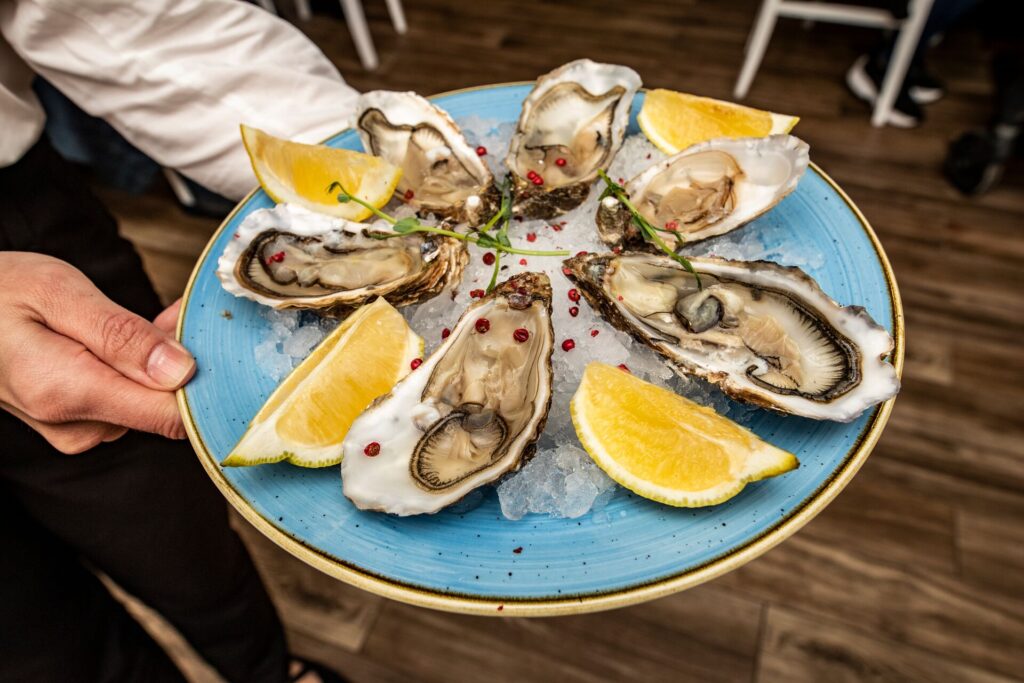
8. Go Wine tasting
With several unique wine regions, over 130 authentic grape varieties, and a number of distinctive winemakers, Croatia is a paradise for wine enthusiasts. The Plavac Mali grape, a hybrid of the Crljenak Kaštelanski and Dobričić varieties, is the primary red wine grape cultivated along the Dalmatian coast.
Croatian wines are mostly produced in small batches at family-owned wineries and largely remain within national borders, making this a rare opportunity to sample exceptional wines that are not widely available elsewhere in the world.
Must-visit locations include the Dingač vineyards, which thrive on the steep southern slopes of the Pelješac peninsula. The Lumbarda vineyards are particularly renowned for their high-quality white wines, especially those made from the Grk grape, one of Croatia’s most esteemed indigenous white varieties. Additionally, in Bol on the island of Brač, the vineyards of Stina Winery are celebrated as some of the most breathtaking in the country.
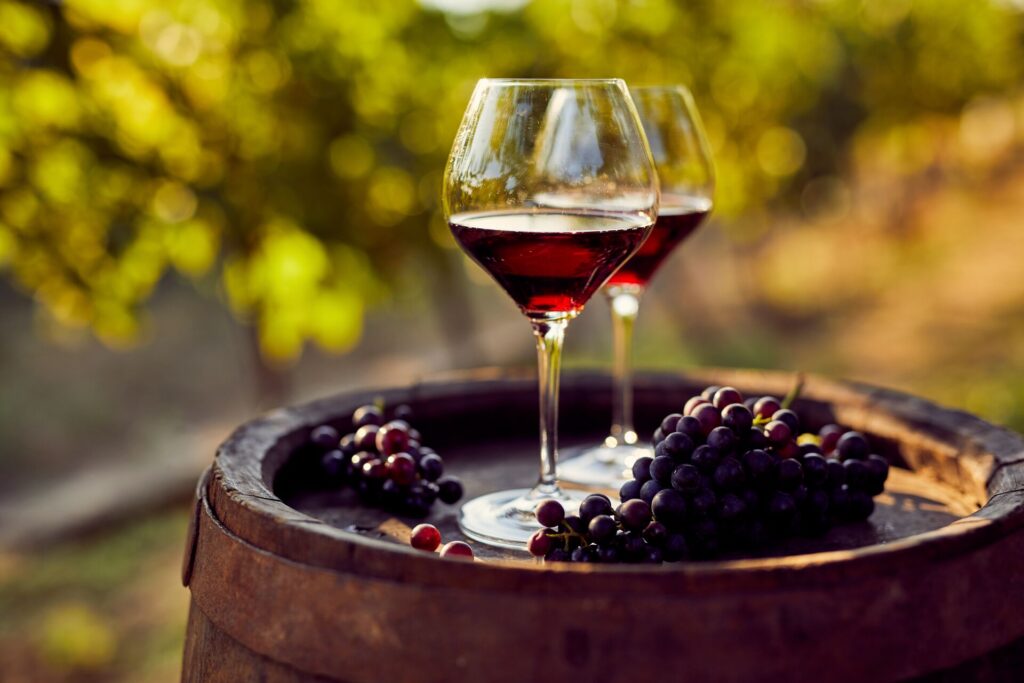
9. Soak up the sun in Hvar
Famous for its bustling nightlife and perpetual sunshine, the island of Hvar and the charming Hvar Town offers beautiful venetian architecture that harks back to its glorious cultural past. Hvar Island is known for its exceptional vineyards with a winemaking tradition that dates back some 2,500 years with the first vines brought to the island by ancient Greek settlers. Blessed by the largest number of sun hours in the Adriatic, it is home to Dalmatia’s own, late-harvest, warmth-loving Plavac mali grape. Explore Stari Grad, Croatia’s oldest town, founded by the ancient Greeks in 384 BC discover abandoned stone villages, and if you visit in June or July, you can admire the lavender fields. You might also be interested to read How to Spend a Sunshine-filled 48 Hours in Hvar, Croatia
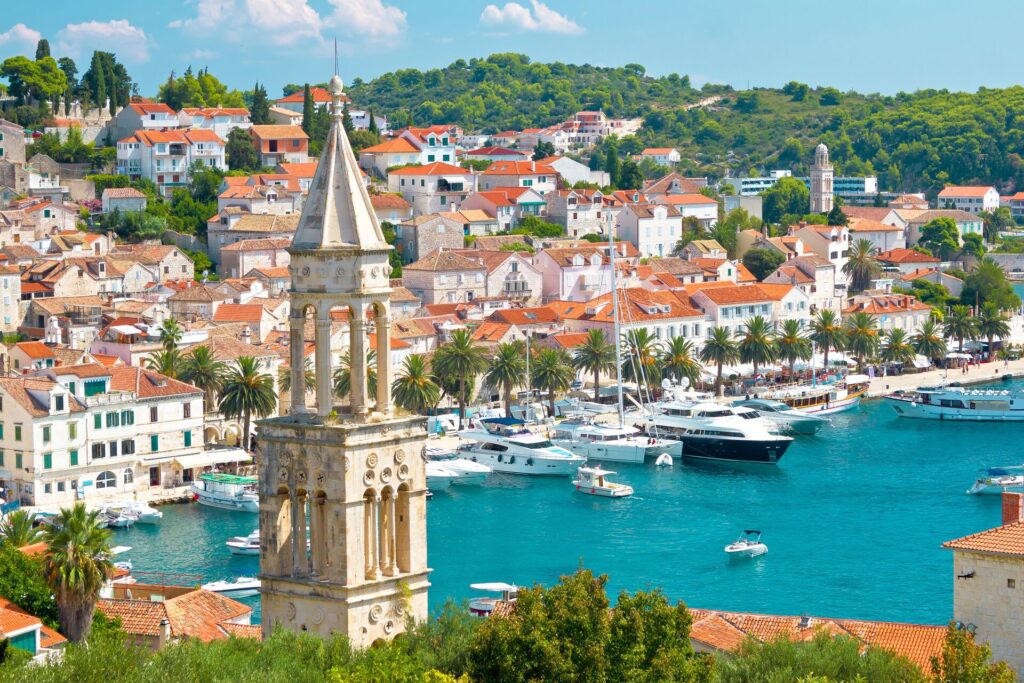
10. Explore Central Istria
Central Istria is a true paradise away from the coast, where winding roads will lead you to small medieval towns perched on hills and the nature is just breathtaking. Truffles are one of Istria’s notable symbols, and you’ll find numerous truffle shops and restaurants throughout the area. Savor local culinary delights, sip on a glass of malvasia or teran and follow your curiosity. With landmarks like Pula and the impressive Pula Arena, this region offers a rich cultural heritage. Constructed between 27 BC and AD 68 and is among the world’s six largest surviving Roman arenas and is the only remaining Roman amphitheater to have four side towers entirely preserved.
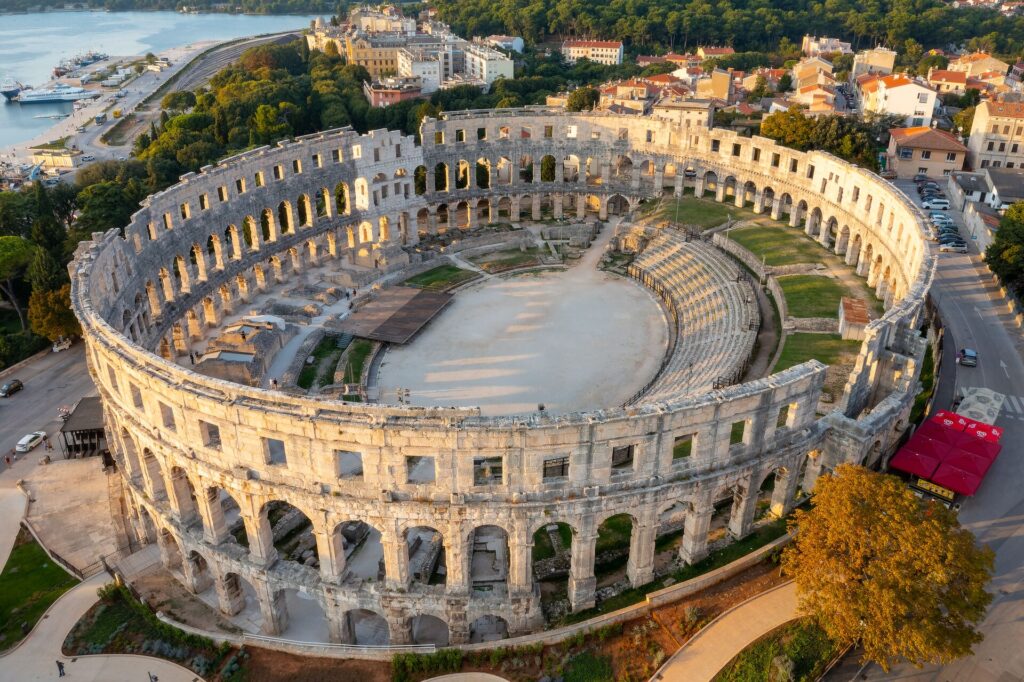
11. Relax on the many beaches
With over 4,000 km of coastline between the mainland and countless stunning islands, Croatia offers a remarkable variety of beaches, making a refreshing dip in the sparkling Adriatic Sea an unforgettable highlight of any trips to Croatia. Most of the beaches are rocky or pebbly, so be sure to pack beach shoes and a snorkel. You’ll also discover sandy stretches perfect for building sandcastles. The crystal-clear waters of the Adriatic are dotted with secluded coves, charming cafes serving fresh seafood, and beautiful scenery. For those looking for a city break, the cities of Zadar, Dubrovnik, and Split boast excellent beaches right at their doorsteps.
One of the most famous spots is Zlatni Rat Beach, located on the island of Brač. This iconic, shifting spit of land, lined with pine trees, has appeared on countless posters and postcards. It can get quite busy, so for a more tranquil experience on Brač, consider visiting Murvica Beach. Smaller yet absolutely stunning, it offers lovely views of Hvar Island in the distance and is surrounded by vineyards.
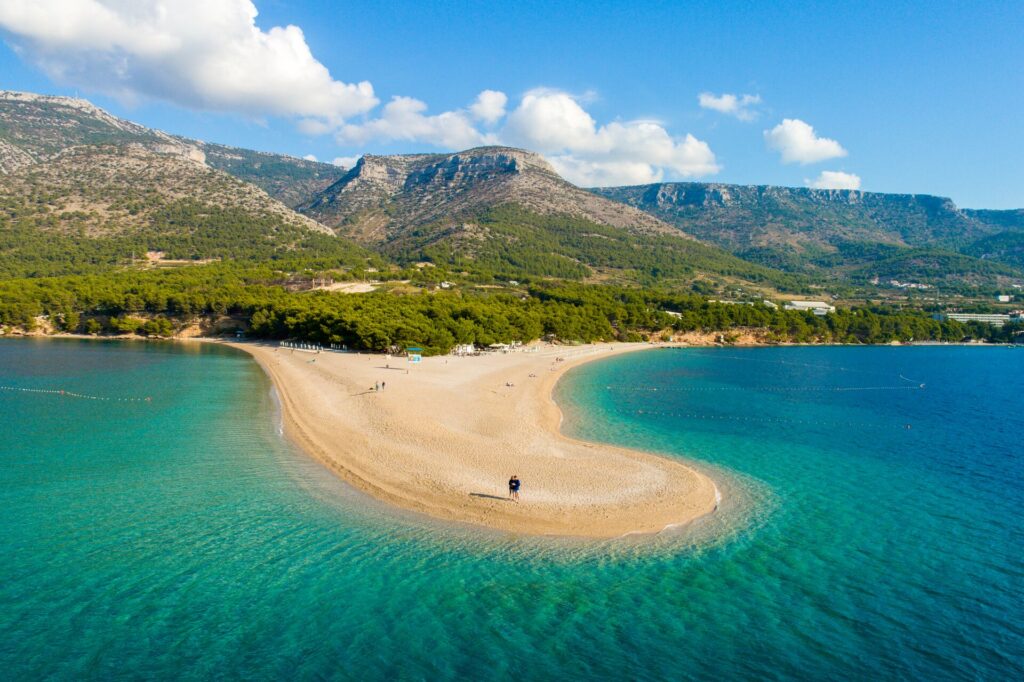
12. Traverse Velebit Mountains and National Park
One of the most wild and untouched wildernesses in the Balkans, Velebit National Park is Croatia’s largest protected area, covering 109 km2. It includes the northern section of the Velebit mountains, the largest mountain range in Croatia.
The area boasts an incredible variety of habitats, ranging from arid Mediterranean landscapes at sea level to expansive beech forests typical of Central Europe, and even to near-boreal ecosystems and alpine grasslands at higher elevations. Hiking trails allow you to explore magnificent old-growth forests, deep canyons, ancient open spaces, and spot regional wildlife such as Balkan chamois, red deer, brown bears, wolves, and lynxes.
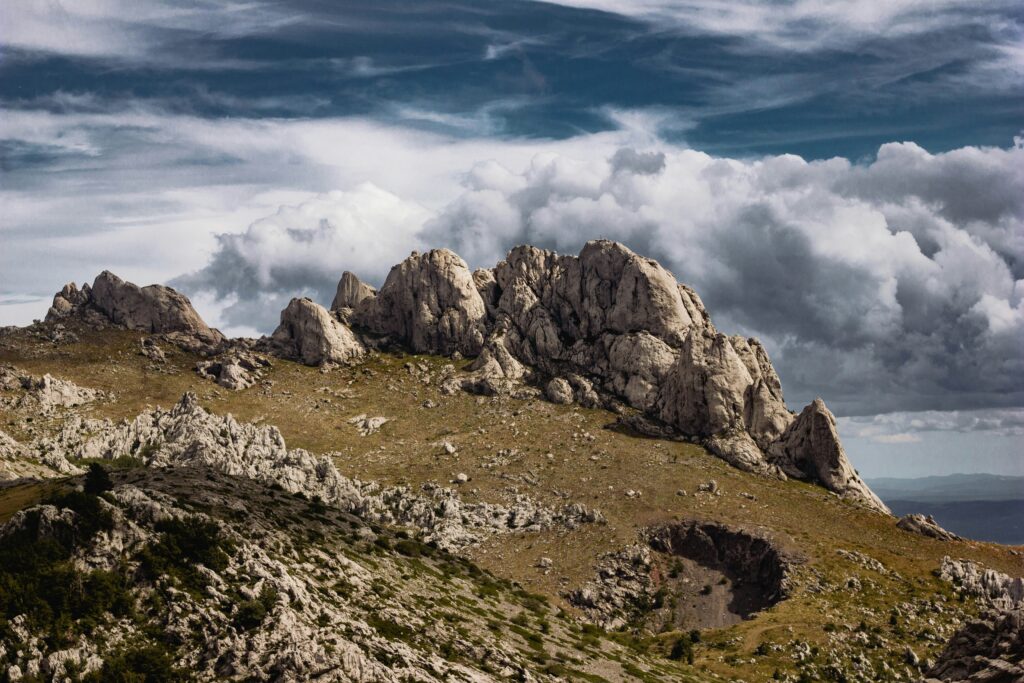
13. Visit quiet Šibenik
Nestled in a sea inlet between Zadar and Split, gorgeous Šibenik has a rich history to rival that of Dubrovnik’s, with an old town that is undeniably more tranquil. With a population of just 34,000 locals, it lacks the dense tourist crowds. Destroyed and rebuilt numerous times over the centuries, this maritime hub in the Middle Ages and conquered also by the Venetians, the Old Town offers, thin alleys and passageways connecting wider, marble-paved artery lanes all flowing up toward the peak of the hill, St Michael’s Fortress. Admire The Cathedral of St James, the ancient open-air theatre of St. Michael’s Fortress, enjoy the many restaurants and lap up stunning views across the Adriatic.
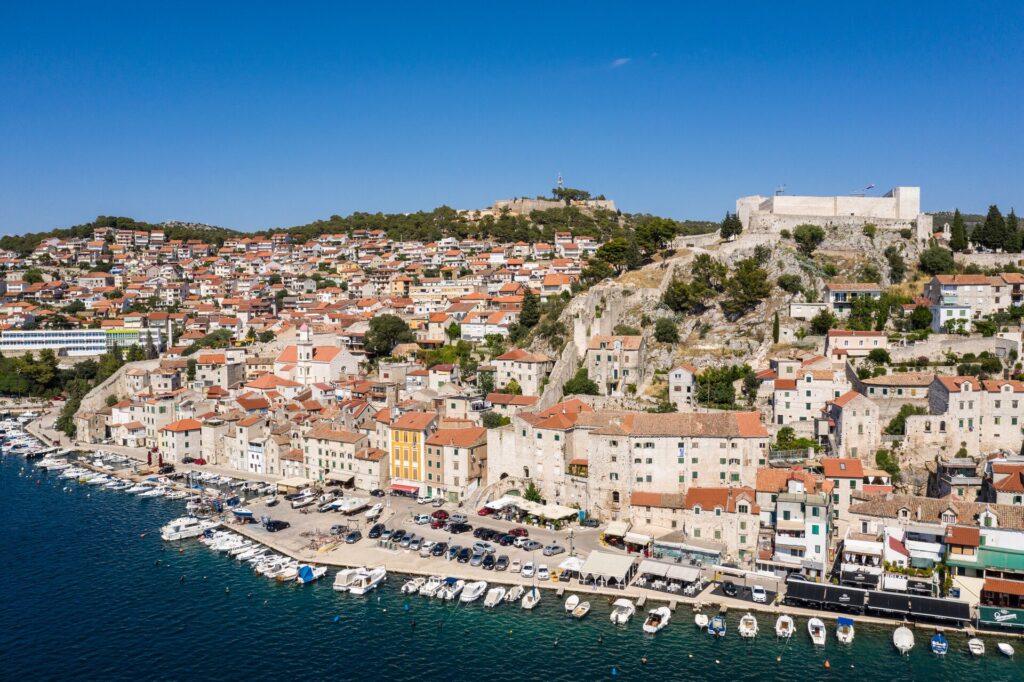
14. Discover Korčula
Korčula, an idyllic island in the Adriatic Sea, is known for its lush landscapes, charming medieval towns, and rich history. Often referred to as the birthplace of Marco Polo, Korčula boasts a vibrant cultural heritage that reflects its Venetian past. The island is characterized by its narrow streets, ancient stone buildings, and fortified walls, particularly in its capital, also named Korčula.
Visitors can explore the impressive St. Mark’s Cathedral, which features stunning Gothic architecture, and wander through the quaint streets lined with local boutiques and restaurants. Outdoor enthusiasts can indulge in activities such as hiking, biking, and swimming in the crystal-clear waters. The island is also famous for its wines, particularly the indigenous Grk and Pošip varieties; wine tastings at local vineyards are a must. Moreover, don’t miss the chance to attend a traditional sword dance performance, the Moreska, which showcases Korčula’s unique cultural heritage.
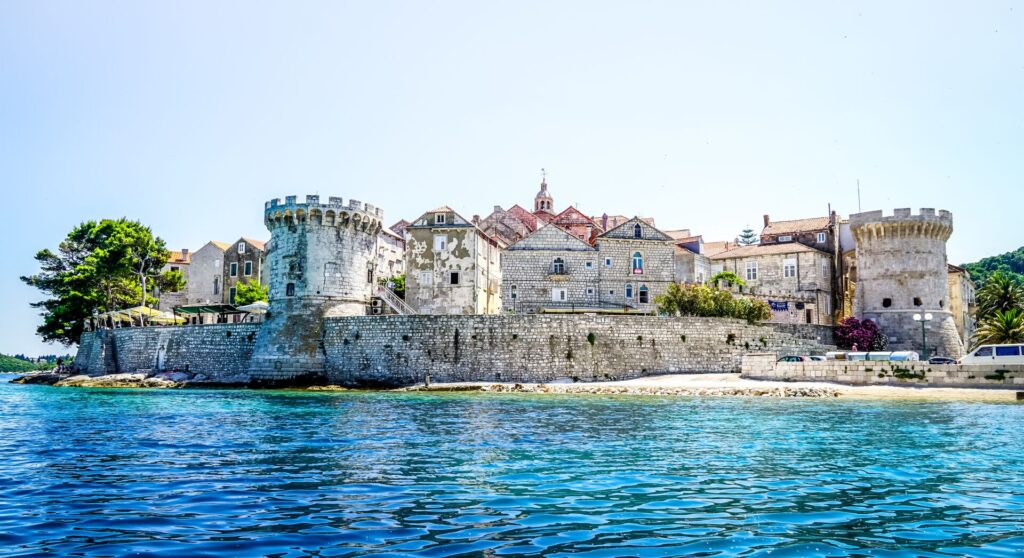
15. Watch the sunset in Zadar
If you want to avoid the crowds of Dubrovnik and Split, Zadar is the perfect city to visit. Equally fascinating with a history dating back over 3,000 years, its renowned for its abundance of Roman and medieval remains, which contrast with innovative modern architectural projects. Enjoy quiet white sand beaches, stunning sunsets, national parks and even a Sea Organ. This installation consists of 35 pipes that create soothing sounds from the wind and spans some 70 meters on the sea front promenade.
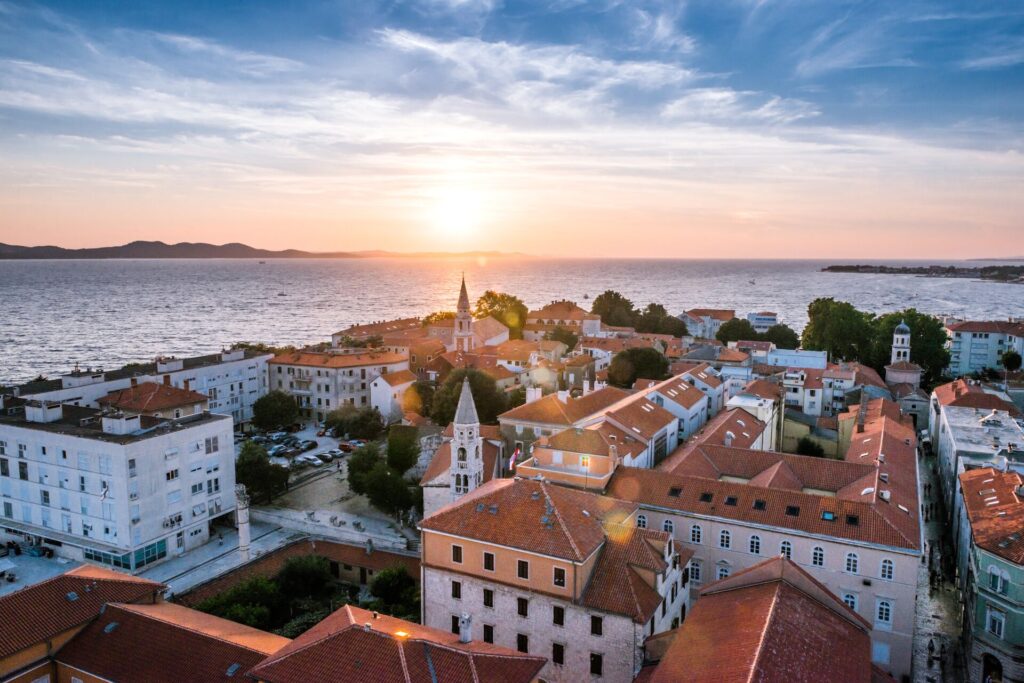
What is the most beautiful part of Croatia?
Croatia is one the of most beautiful European destinations, but what you see as the most beautiful part of the country really depends on whether you like old cities, lush national parks or golden beaches. When it comes to natural beauty, Plitvice Lakes National Park is often cited as the most beautiful part of Croatia with its interconnected lakes, waterfalls and green forests.
What is Croatia best known for?
Croatia is known for its beautiful beaches, picture-perfect towns and sparkling coastlines. One of the best known attractions in Croatia is the city of Dubrovnik, famous for its ancient Old Town – you may recognize it from the TV series Game of Thrones, which used Dubrovnik as the primary filming location for the fictional King’s Landing. Another key site in Croatia is Plitvice Lakes National Park, with its lush forests, waterfalls and blue lakes.
See the Adriatic in style with our premium Croatia tours.



